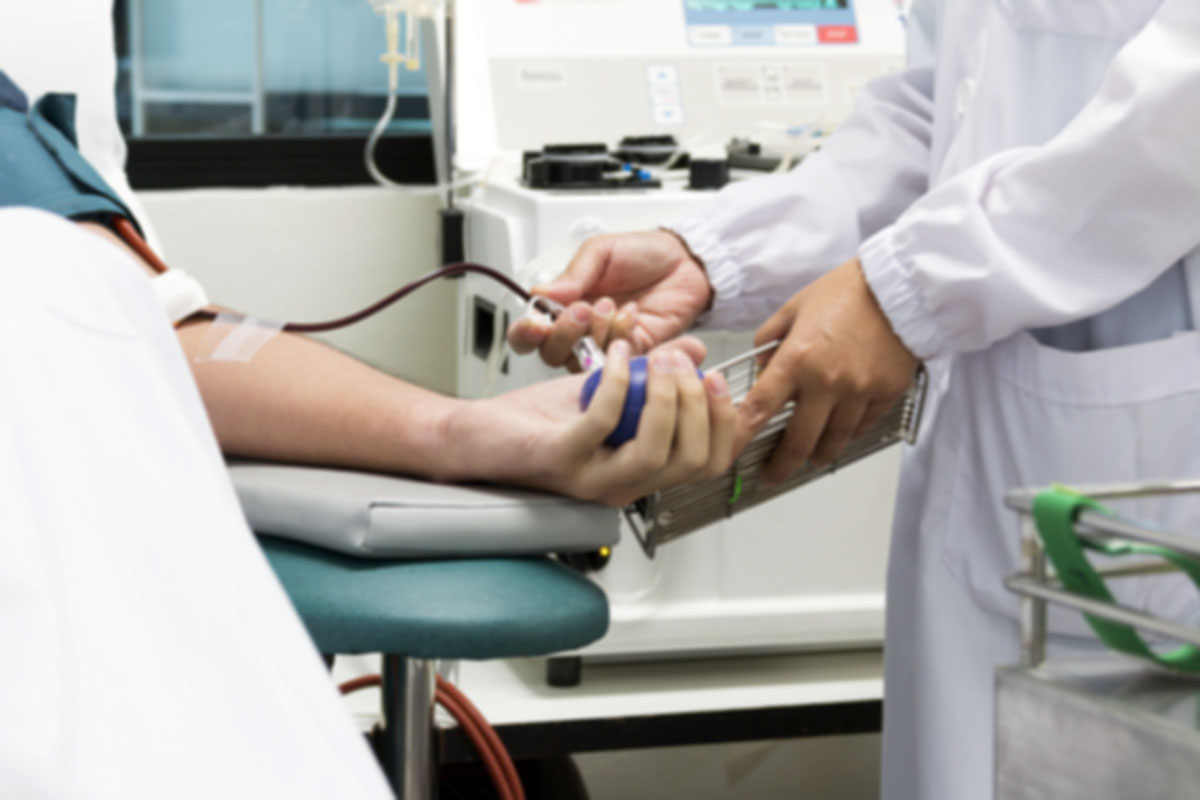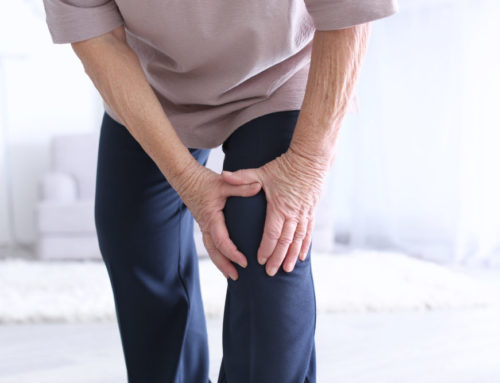They say that physical wounds heal quickly than emotional ones–but not for hemophiliacs. What may seem as simple bruises and cuts to other people, may be a frightening sight for those with this condition.
People diagnosed with hemophilia are prone to excessive bleeding. They lack certain proteins in their blood that delay the normal formation of clot if ever they get any injury.
Hemophilia can restrain a person from enjoying normal outdoor activities, like mountain climbing or contact sports. But this doesn’t mean that hemophiliacs can’t participate in those activities entirely. In fact, researchers from Journal of the American Medical Association encourage children with hemophilia to be more physically active–they just have to avoid extreme activities.
Like everyone else, hemophiliacs can live an ordinary life. But because getting wounds or cuts are a part of the ordinary life, they have to learn how to deal with them normally and appropriately.
Learning first aid solutions to wounds can help hemophiliacs prevent further injury and also help others who have the same condition. Listed below are first aid responses to one of the most common injuries for hemophiliacs.
For Soft Tissue or Muscle Bleeding
Soft tissues refers to the tissues that protect, connect, and support organs in the body. When cuts strike through this area, bleeding in the muscles can be significantly heavy, which can lower the patient’s hemoglobin level.
What to look for:
Bruises that increase in size
Firm and tense muscles
Pain in a particular area that gets worse over time, without visible signs
What to do:
Stop the hemophiliac from resuming his or her activities.
Apply the RICE method: Rest, Ice, Compression, and Elevation
Check for any kind of improvement. Is the bruise lessening? Does it change color from green to yellow? Is there less pain?
If there are no improvements, go to the hospital immediately. You may call ManilaMed’s emergency contact number: (02) 523-81-31 loc 2057-58.
For Nosebleeds
Hemophiliacs can get nosebleeds, which can happen for many reasons: being in dry, cold places, living in places with high altitude, extreme nose blowing, and being hit in the nose. Hemophiliacs should take note of these conditions that may trigger nose bleeding.
What to do:
The person should sit straight ahead with his/her head upright.
Apply pressure by pressing the sides of the nose firmly for five to twenty minutes.
If applying pressure does not work, put an ice pack in the bridge of the nose.
For Joint Bleeding
Joint bleeding occurs in the area called synovium, a layer of soft tissues that connect and lubricate the joints. People with hemophilia can get bleeding in the joint without apparent cause. For this reason, hemophiliacs should be alert at the slightest sign of bruise, pain, and swelling in the joint area.
What to look for:
Stiffness
Difficulty moving the joint or loss of ability to move
Tingling inside the joint
Irritability and favoring a limb, for infants
What to do:
Treat with factor concentrate immediately. Factor concentrate is injected to the affected area to help hasten the blot clot.
RICE: Rest, Ice, Compression, Elevation
Putting ice packs on the joint is recommended
For Mouth Bleeding
A hemophiliac can experience mouth bleeds in the gums, inside of the cheeks, lips, and tongue because of biting. The blood can build up the throat, and make it hard to breathe.
What to look for:
Bruises in the gums
Metallic taste in the mouth
Frequent swallowing
What to do:
Consume cold food items such as ice or ice pops.
Treat with factor concentrate immediately.
For Head, Neck, Chest, and Abdomen Injury
These are injuries that hemophiliacs can get any day, any time, in any activity. They are all life-threatening conditions that can cause heavy internal blood loss.
What to do:
Call an ambulance or call ManilaMed’s emergency contact number: (02) 523-81-31 loc 2057-58.
Treat with factor concentrate immediately.
Treat any external bleeding.
These first aid procedures are all helpful for hemophiliacs in case of minor wounds or injuries. However, for certain dangerous situations, always seek help from medical personnel immediately. ManilaMed is a hospital located at the heart of Metro Manila. They have an emergency contact number that you can call in case of emergencies: 523-81-31 loc. 2057-58. For more details, visit www.manilamed.com.ph.









